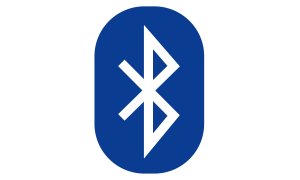 The Bluetooth SIG, the engineering group that controls the Bluetooth standard, today introduced Bluetooth 5, which the group says quadruples Bluetooth’s previous range and doubles its speed. More than that, though, an 8-fold increase in Bluetooth 5’s data capacity will put an end to the intrusive pairing process that Bluetooth’s users are all too familiar with.
The Bluetooth SIG, the engineering group that controls the Bluetooth standard, today introduced Bluetooth 5, which the group says quadruples Bluetooth’s previous range and doubles its speed. More than that, though, an 8-fold increase in Bluetooth 5’s data capacity will put an end to the intrusive pairing process that Bluetooth’s users are all too familiar with.
The SIG says the first Bluetooth 5 devices will hit the market toward the end of this year or early in 2017.
Elimination of the pairing process and the increase in data capacity are tied, a press release from the SIG said. The pairing process was necessary because earlier versions of Bluetooth couldn’t carry enough data to establish casual connections. Bluetooth 5 is designed to connect to devices and disconnect from them as needed, which the SIG says increases its usefulness in IoT environments.
It’s not clear whether Bluetooth 5 devices will be compatible with devices that use earlier versions. An increase in bandwidth, range, and speed usually implies a change in radio frequencies, and the SIG’s press release is silent about backward compatibility issues. We’ve asked, and will update when we get a response.
[UPDATE: A spokeswoman for the Bluetooth SIG tells us that Bluetooth 4 devices will, in fact, interoperate with Bluetooth 5, although newer Bluetooth features will not be available to older devices. Improvements in data rates, internal messaging capacity (which eliminates the need for pairing) and range come as a result of improved frequency modulation on existing frequency channels.]